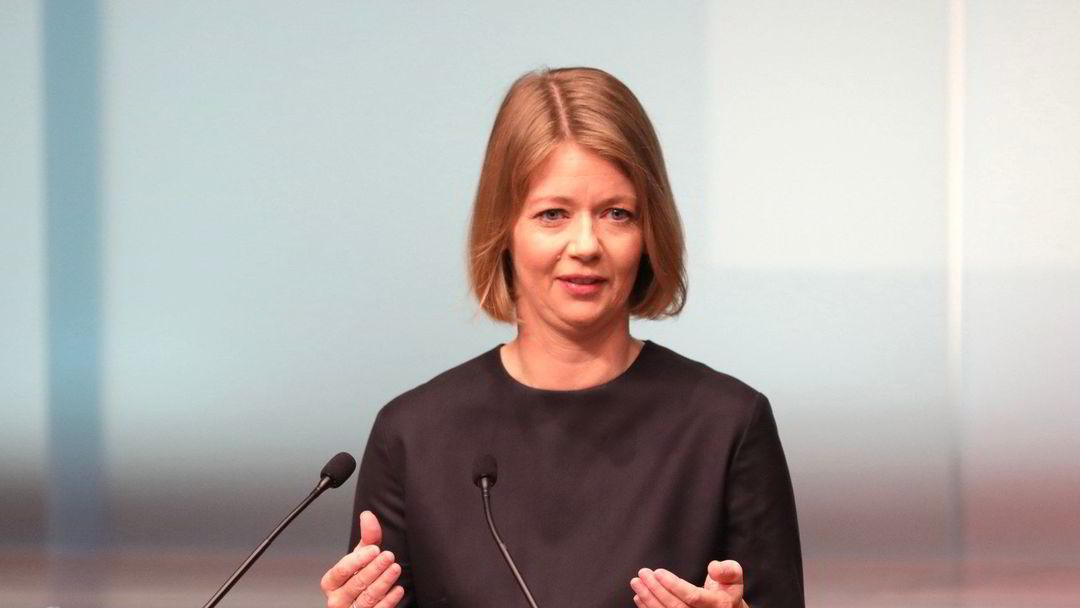–
Norges Bank has decided to raise the benchmark interest rate by 0.5 percentage points to 2.25%. It is the highest interest rate level in Norway for over ten years. At the same time, the central bank has announced further interest rate hikes in the future.
Along with the interest rate decision on Thursday, Norges Bank unveiled the Monetary Policy Report, which contains the central bank’s forecasts for future economic development:
- Norges Bank expects price growth of 4.5% until next year. In the previous forecast, presented in June, the estimate was 3.6 percent. Core inflation is expected to be 4.8 percent through next year, up from 3.3 percent the previous estimate.
- The central bank also expects higher wage growth. The estimate for wage growth this year was revised up to 4.0 percent, from 3.9 percent. For next year, Norges Bank expects wage growth of 4.6%.
- Norges Bank has adjusted its economic growth estimates downwards. The Norwegian economy, as measured by continental GDP, is estimated to decline by 0.3% until next year. In June, the estimate was 1.1 percent growth through next year.
- Norges Bank estimates that unemployment will rise in the future. Unemployment is expected to be 2.0 percent next year and 2.3 percent in 2024.
- According to Norges Bank, house prices are expected to drop 2.4% until next year. In June, the central bank estimated that house prices would fall by one percent.
At Thursday’s press conference, Central Bank Governor Ida Wolden Bache said he believes price inflation will remain high for longer than he imagined in June.
– The tightening of the labor market contributed to the resumption of wage growth. There is a prospect that electricity prices will be higher in the future than we previously predicted and we expect companies to pass on some of the cost increase to retail prices. We also think it will take a little longer for the increase in the prices of goods we import from abroad to drop to a more normal level, she says.
–
The central bank governor points out that a higher interest rate is needed to drive inflation back towards the target.
– A higher interest rate helps to reduce the demand for both labor and goods and services, so as to curb the growth of wages and prices. In addition, a higher interest rate can contribute to the strengthening of the krona, which can possibly curb the rise in the prices of goods we buy from abroad.
*(Terms)Copyright Dagens Næringsliv AS and / or our suppliers. We would like you to share our cases via links, which lead directly to our pages. Copying or other forms of use of all or part of the content may only take place with prior written permission or as permitted by law. For additional terms look at her.
–

